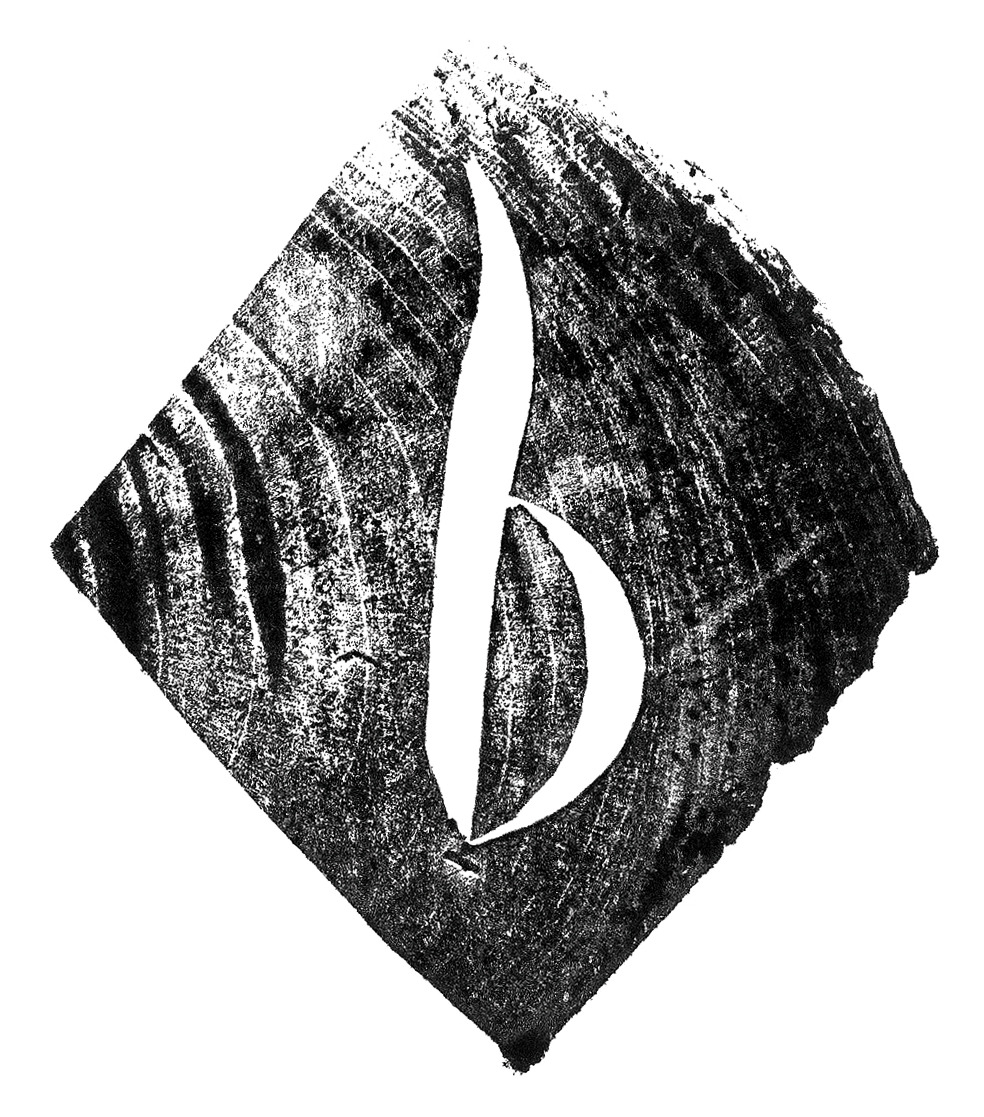Better than new axes?
I've got a few courses on before i set off Spooning again in May, and need to make up a few tools before the next, i've cleft some ash, the bit on the left shows the orientation i prefer, and that bit actually has a nice natural bend that was around a knot, the one in the middle is a handle i axed out this morning, and the one on the right i've just fitted after drying. Previously when i've fitted handles i've put in an oak wedge and a little metal one that makes extra certain the head won't come off. I no longer use metal wedges not least because they have caused me to break several drill bits when trying to drill out old handles of these second hand axe heads i've got hold of. I have followed the advice of Wille Sundquist godfather of Swedish Carving Techniques and left the oak wedge standing proud, this means if there is any sign of the head loosening then it can be tapped in further. Those of you in the know will notice the handle style is very much that advised by Wille sundquist like his Swedish Carving axe (made by gransfore bruks). gabriel-branby talks about how you could have an axe head on a piece of string and throw the head at the bit of wood. As far as i'm concerned if you're not throwing the axe then you may as well be using a chisel or knife, there are times of course when it is quicker to use the axe as a knife rather than putting it down and picking up another tool. The handle does not need to be very thick for strength, the thickness of the handle is more to do with the size of your hand and personal preference. I prefer to make the handles from straight grained wood because then you know where you stand with it. Where i choke up the axe i like the haft to be smoother and longer in cross section (more egg shaped) this gives my fingers more leverage for the slicing carving cuts. Down the belly towards the knob i make the haft more faceted and the cross section is almost octagonal when you get down to the grip. It is important for me that the knob flares sideways as well as front and back this means the bit of wood i cleave has to be almost twice the thickness it would otherwise have been. With this flaring your wrist has more control for power cuts as the haft is also in contact with the heel of your palm. I like refurbishing these axes almost as much as making spoons and i find it very empowering to make a beautiful tool from something that may have been thrown away or sold for scrap if i hadn't come along.

